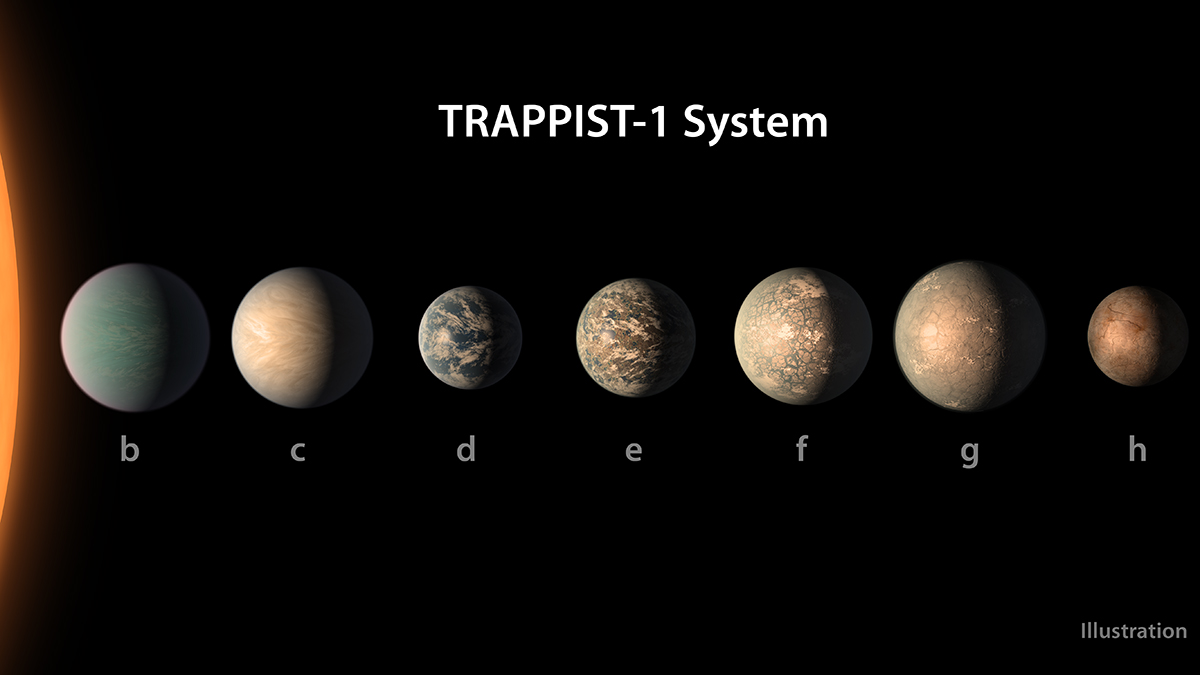
Credits: NASA/JPL-Caltech
The Trappist 1 planets have water and seem to have more hospitable atmospheres than previously thought. This, according to new observations of the Trappist 1 star system that increases our chances of finding extraterrestrial life.
It was in February last year that a team of astronomers discovered a star system with seven stone planets, a planetary system not very unlike our own. Now, new observations show that the conditions of life in the planetary system could be greater than previously thought.
The astronomers used NASA’s Hubble Space Telescope to conduct the first spectroscopic survey of the Earth-sized planets (d, e, f, and g) within the habitable zone. It is a follow-up study to Hubble observations made in May 2016 of the atmospheres of the inner TRAPPIST-1 planets b and c.
The astronomers found that all planets are mostly made up of rock and that they consist of up to five percent water, which compared to the Earth is quite abundant. Earth’s water resources are only 0.02 percent.
The researchers also found evidence that many of the planet’s atmospheres lack both hydrogen and helium. These elements mostly characterize more unhospitable planets like Neptune and Uranus.
The Hubble observations took advantage of the fact that the planets cross in front of their star every few days. Using the Wide Field Camera 3, astronomers made spectroscopic observations in infrared light, looking for the signature of hydrogen that would filter through a puffy, extended atmosphere, if it were present.
At least three of the planets are in the so-called habitable zone (Goldilocks zone), an area around a star where the basic conditions exist to allow for liquid water and life as we know it. And overall, the study strengthens Trappist 1’s position as our best hope to finding life beyond our solar system.
The new findings have been published in Nature Astronomy and is helping to pave the way for NASA’s James Webb Space Telescope, scheduled to launch in 2019. Astronomers will then use the Webb telescope to help them better characterize those planetary atmospheres. The exoplanets may possess a range of atmospheres, just like the terrestrial planets in our solar system.
Reference:
Julien de Wit, Hannah R. Wakeford, Nikole K. Lewis, Laetitia Delrez et al. Atmospheric reconnaissance of the habitable-zone Earth-sized planets orbiting TRAPPIST-1 doi:10.1038/s41550-017-0374-z

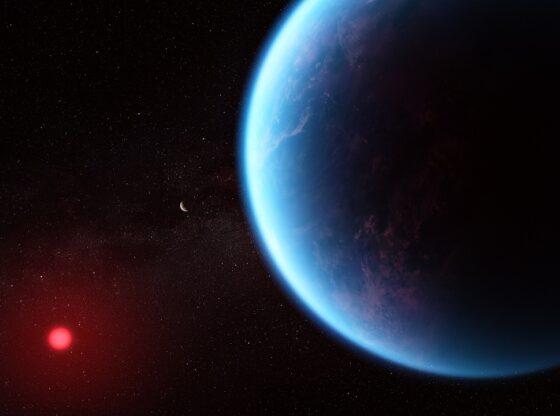
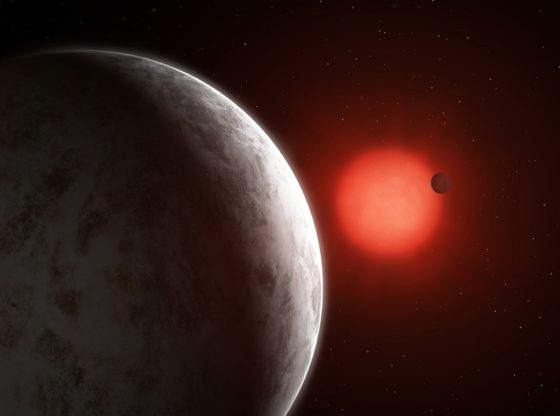
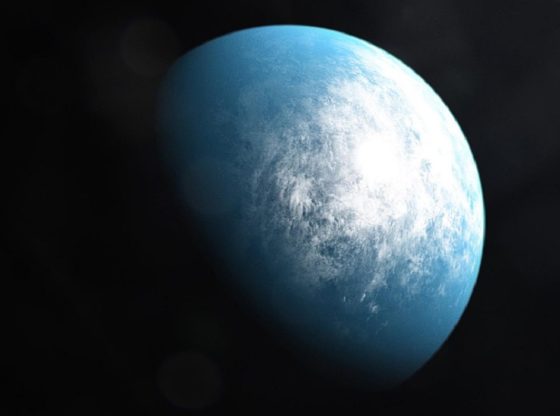
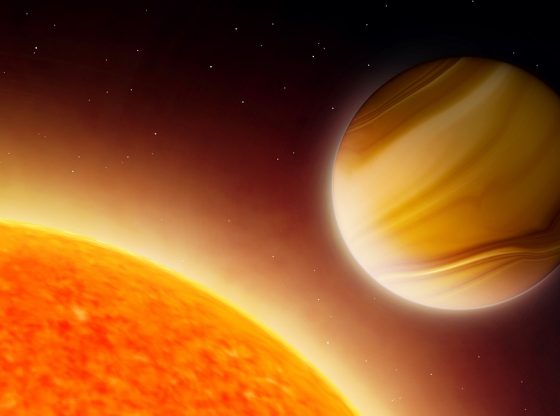
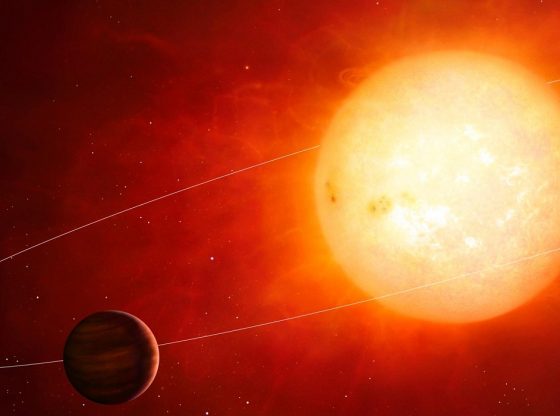
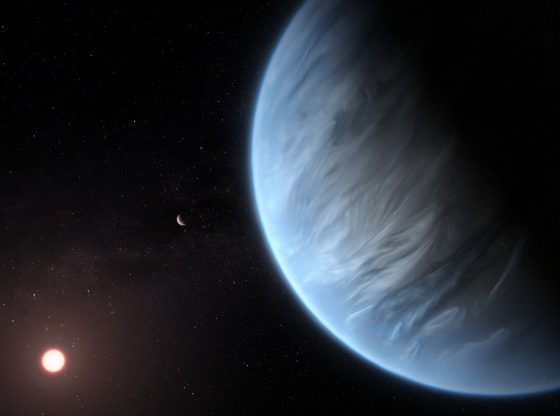
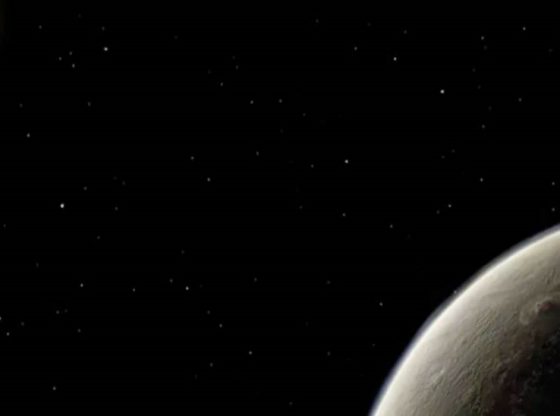
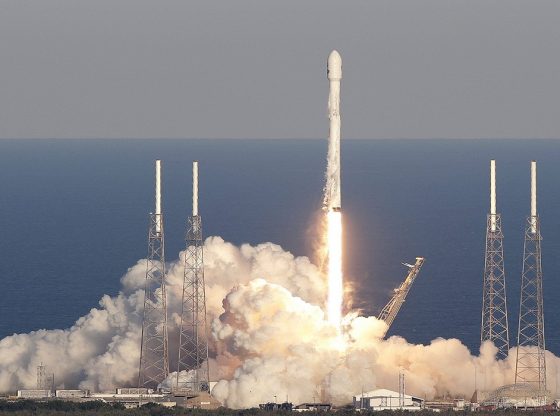
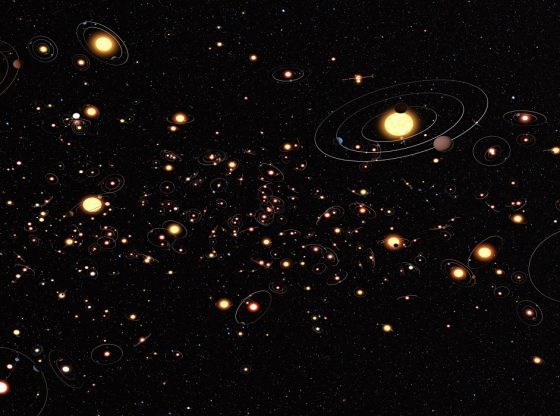
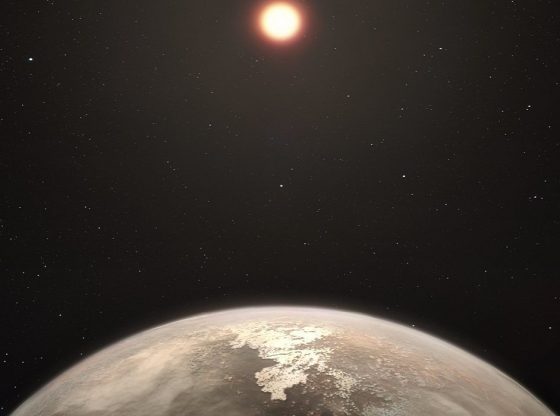
![OpenAI. (2025). ChatGPT [Large language model]. https://chatgpt.com](https://www.illustratedcuriosity.com/files/media/55136/b1b0b614-5b72-486c-901d-ff244549d67a-350x260.webp)
![OpenAI. (2025). ChatGPT [Large language model]. https://chatgpt.com](https://www.illustratedcuriosity.com/files/media/55124/79bc18fa-f616-4951-856f-cc724ad5d497-350x260.webp)
![OpenAI. (2025). ChatGPT [Large language model]. https://chatgpt.com](https://www.illustratedcuriosity.com/files/media/55099/2638a982-b4de-4913-8a1c-1479df352bf3-350x260.webp)








